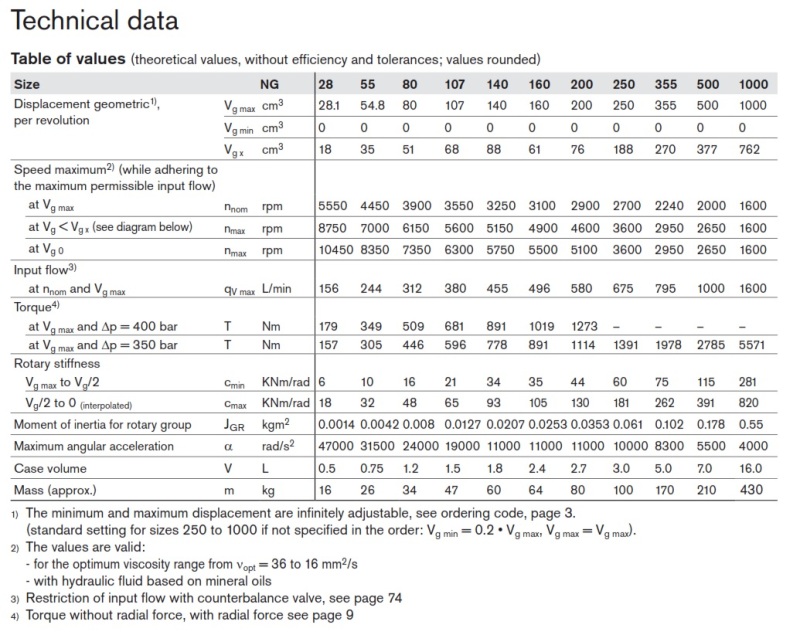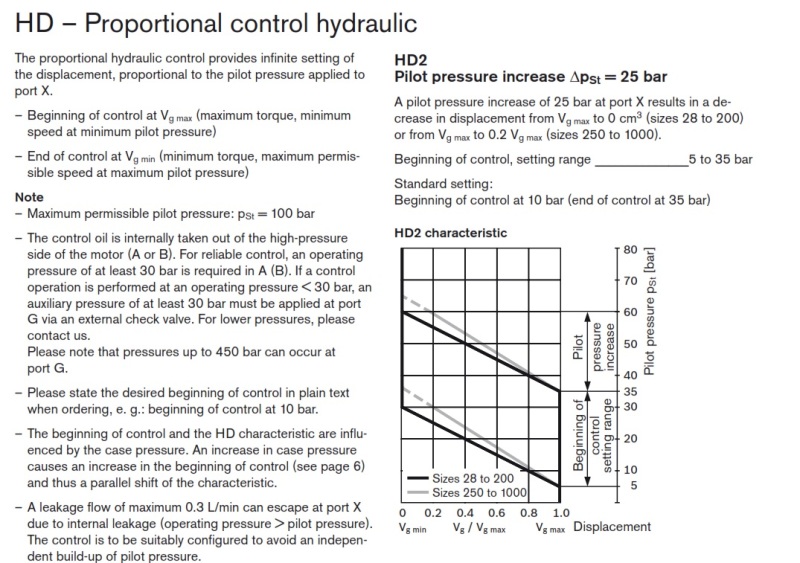BEMPE16524
Mechanical
- Feb 17, 2008
- 370
Hi Guys,
I have a Rextroth hydraulic motor -AA6V-M55HD2--/63W—VSD510---A--
What does it mean by rotary stiffness = 5670Nm/rad?
R.Efendy
I have a Rextroth hydraulic motor -AA6V-M55HD2--/63W—VSD510---A--
What does it mean by rotary stiffness = 5670Nm/rad?
R.Efendy




